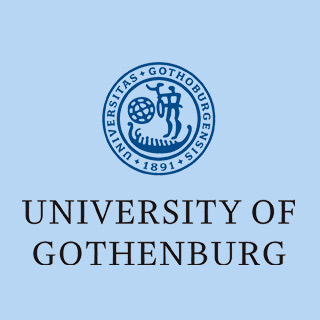
The study comprises of around 165 children suffering from neuroblastoma. These children have apparently been examined for more than 20 years by two study teams. Neuroblastoma is thought to be a nerve cell cancer that seems to have flaws in particular chromosomes. If the tumor could have a characteristic blemish on chromosome 11, it is said to be tremendously hostile and hard to treat.
Helena Carén, a study author at the Department of Clinical Genetics at the Sahlgrenska Academy, commented, “We found that the children who develop this type of neuroblastoma are twice as old at the onset of the disease as children who develop other types of neuroblastoma. This type progresses more slowly and is more difficult to treat.â€
The study was headed by professors Tommy Martinsson, of the Sahlgrenska Academy, and Per Kogner of Karolinska Institutet.
Via the newest genetic methods, the scientists have apparently succeeded in examining the DNA of tumor cells and recognizing chromosomal flaws, thereby facilitating the recognition of sub-groups of the most hostile neuroblastomas. The subsequent stage is to detect their weak points hereditarily so as to craft better treatment.
Tommy Martinsson, professor of genetics at the Department of Clinical Genetics at the Sahlgrenska Academy, mentioned, “We call this personalized medicine, because the treatment is based on the genetic profile of the patient, or in this case, of the tumor cells.â€
Per Kogner, professor of paediatric oncology at Karolinska Institutet, apparently repeats that their findings may now enable various suitable treatments to be developed, thus saving the lives of a lot more children.
The study was conducted with the backing of the Swedish Childhood Cancer Foundation and the Swedish Cancer Society.
The study was published in Proceedings of the National Academy of Sciences (PNAS).
